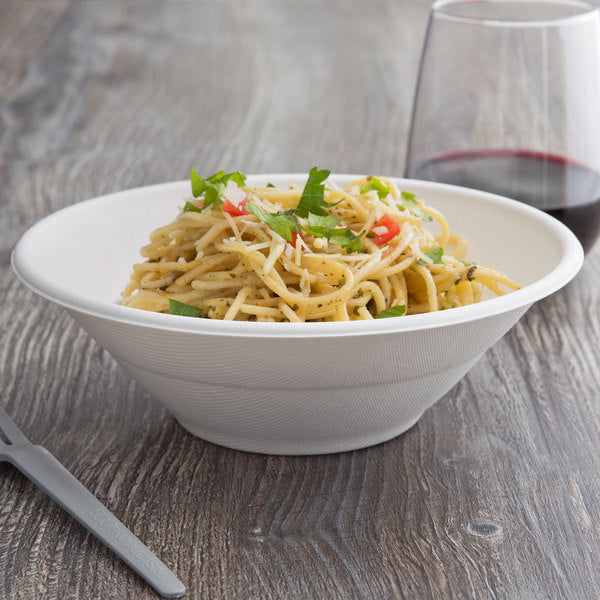Garlic chutney, a versatile and flavorful condiment, has captivated taste buds for centuries. Originating from Indian cuisine, this tangy, spicy, and garlicky relish is a beloved ingredient. This article will explore its unique characteristics, diverse flavor profiles, and culinary applications.
- Chutney: What Is It, Common Chutney Recipes & What Is Chutney Served With?
- Beetroot Chutney: A Flavorful Guide for Chefs
- What Is The Difference Between Chutney And Pickle?
What is Garlic Chutney?
Garlic chutney is a robust, flavorful condiment made primarily from garlic, chili peppers, vinegar, and oil. Additional ingredients such as tamarind, ginger, or spices like cumin and mustard seeds can be included to create unique variations. The result is a tangy, spicy, and aromatic relish that pairs well with a variety of dishes, from street food to gourmet meals.
The Origins of Garlic Chutney
Though its exact origins are difficult to trace, garlic chutney has been a part of Indian culinary traditions for centuries. Regional variations have emerged over time, each offering a distinct taste experience:
-
Maharashtrian Garlic Chutney – A dry, fiery red chutney made with dried chilies and ground peanuts.
-
South Indian Garlic Chutney – Often blended with coconut, tamarind, and curry leaves for a tangy twist.
-
North Indian Garlic Chutney – Features mustard seeds, coriander, and cumin for a robust and aromatic profile.
Today, garlic chutney has found its way into global cuisines, inspiring fusion versions that incorporate elements from Thai, Mexican, and Mediterranean flavors.

Key Characteristics of Garlic Chutney
Flavor
Garlic chutney is known for its bold taste, blending the pungency of garlic with the heat of chili peppers and a touch of acidity from vinegar or tamarind. Depending on the recipe, it can range from mildly tangy to intensely spicy.
Texture
The consistency of garlic chutney varies from smooth pastes to coarsely ground mixes. Traditional methods involve hand-grinding, while modern recipes use blenders or food processors for convenience.
Heat Level
The spice intensity depends on the type and quantity of chili peppers used. Some versions are milder with a balanced garlic flavor, while others pack a fiery punch.
Traditional and Modern Variations
Traditional Variations
- Dry Garlic Chutney: Made with roasted garlic, dried chilies, and coconut, perfect as a seasoning.
- Wet Garlic Chutney: A fresh blend of garlic, vinegar, and chilies, ideal for dips and spreads.
Modern Variations
- Fusion Chutneys: Incorporating ingredients like sun-dried tomatoes, roasted bell peppers, or even smoked paprika for a unique twist.
- Vegan-Friendly Chutney: Using olive oil and plant-based ingredients to suit a vegan diet.
- Mild Garlic Chutney: Reduced chili content for those who prefer a less spicy option.
Culinary Applications of Garlic Chutney
Garlic chutney is incredibly versatile, enhancing dishes in various ways:
As a Condiment
- Curries: Adds depth and heat to traditional Indian curries.
- Grilled Meats & Seafood: Perfect as a side for chicken, fish, or steak.
- Sandwiches & Wraps: A flavorful spread that pairs well with cheese, veggies, or grilled proteins.
As a Marinade
- Chicken: Infuses bold flavors into grilled or roasted chicken.
- Fish: Enhances the taste of seafood with its tangy and spicy elements.
- Tofu: Ideal for plant-based dishes, adding a smoky and garlicky kick.
As a Base for Sauces & Dips
- Spicy Yogurt Dip: Mixed with yogurt for a cooling yet flavorful dip.
- Aioli Alternative: Blended with mayonnaise for a garlicky sandwich spread.
- Stir-Fry Sauce: Used as a base for Asian-inspired dishes.

Conclusion
Garlic chutney is more than just a condiment—it’s a game-changer in the kitchen. Whether you enjoy it as a dip, marinade, or sauce enhancer, its bold flavors bring excitement to any dish. Why not experiment with your own version at home? Try different variations, pair it with your favorite meals, and discover the magic of this fiery, garlicky delight!







